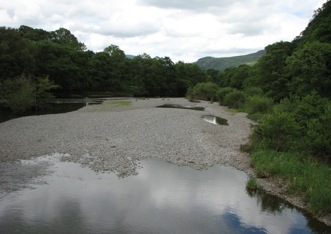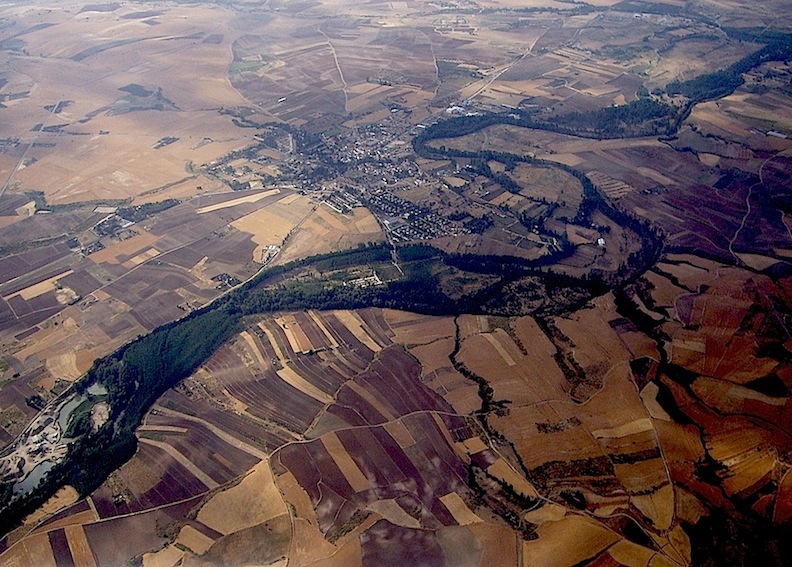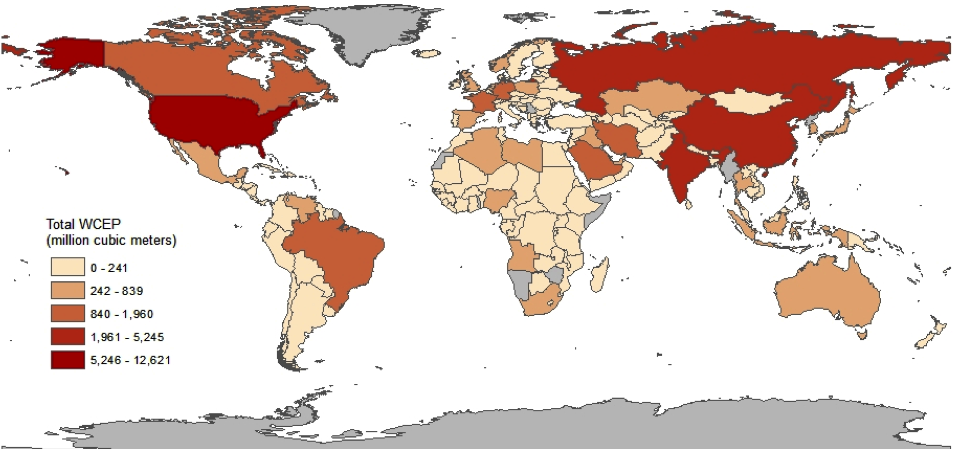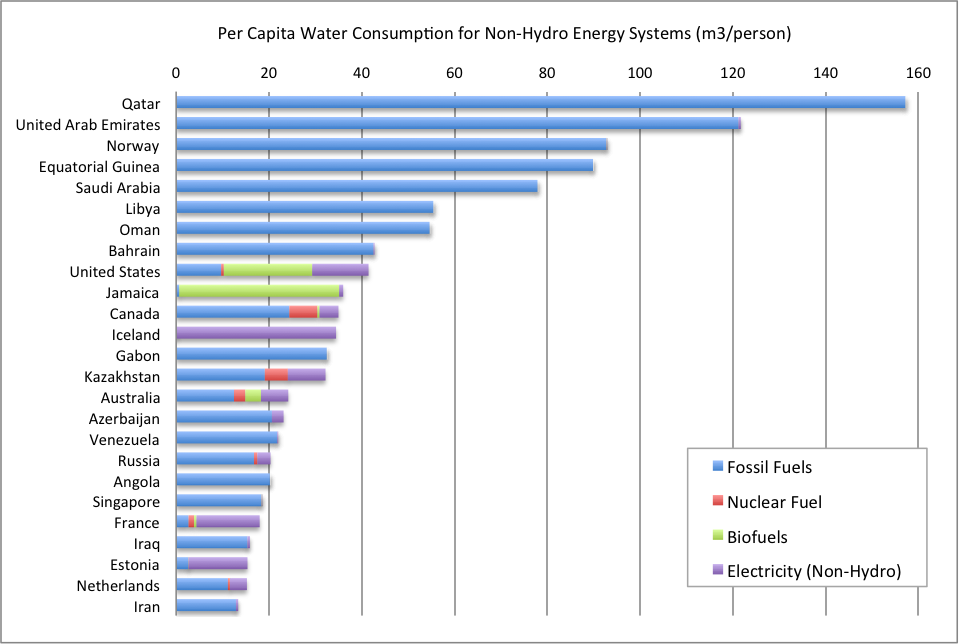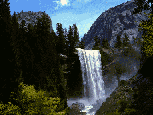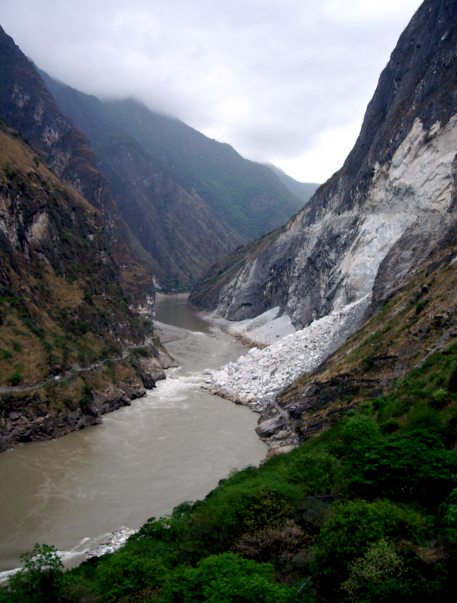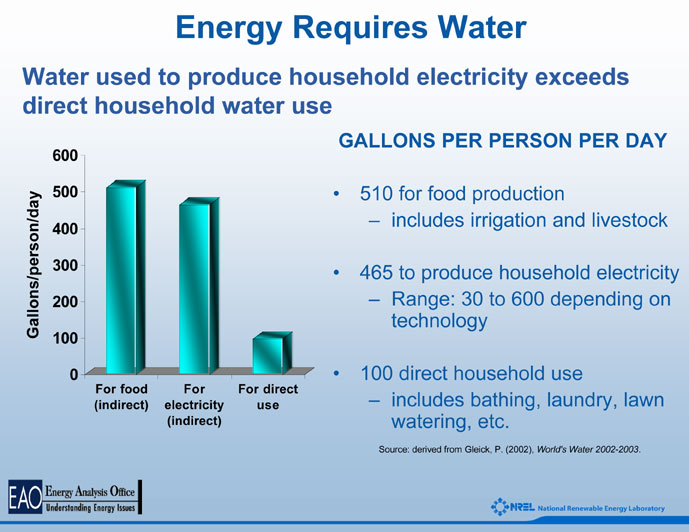| Water |  |
|
|---|---|---|
| Conservation |  |
|
We have a water use policy; by relying on water consumption, we have yet to develop the ethical imagination to foster water conservation.
The capacity of water to be used over and again to meet a variety of human and ecosystem needs is a core focus of conservation. As a potentially renewable resource, surface water is today managed in order to protect watersheds, municipal, agricultural, wildlife and fisheries, or recreational uses for the good of all members of a region. Conservation of water, rivers, streams and underground sources of water is a balancing act that begins with understanding the value of water to civilizations.
See: Chicago Wilderness.
The water consumption of energy production: an international comparison
River and surrounding watershed in arid Spain.
The rate at which water is reused when compared to the available water from rain, snow, or capture (in reservoirs and aquifers) largely determines the extent to which water is a renewable resource.
In some places on earth, and especially the western United States water is not as "renewable" as it is in most of Canada or the belt of tropical rain forests.
See: Living Machines and John Todd.
Water consumption for energy production: an international comparison a bar chart
Flowing water divides the land into interdependent regions based on where the water flows from and into a delineated catchments or drainage basins, called a watershed.
Watershed map of the United States
American rivers:
500 billion cups of coffee every year are consumed.
Generating electricity requires water unless the source is wind or solar energy.
 The house is actually a water conveyor, shunting H2O from place to place.
The house is actually a water conveyor, shunting H2O from place to place.
![]()
So it makes sense to reuse, that is to recycle the rain.
http://www.swfwmd.state.fl.us/conservation/
The upper Yangtze River at Leaping Tiger GorgeŠthis is world's the most heavily populated river valley.
- water ethics
- water centered ideas
- basic concepts about water
- watersheds and aquifers
- Value of lands to watershed
- Problems associated with water and climate change
President Theodore Roosevelt's 1908 speech, "Conservation as a National Duty," Washington, D.C.

